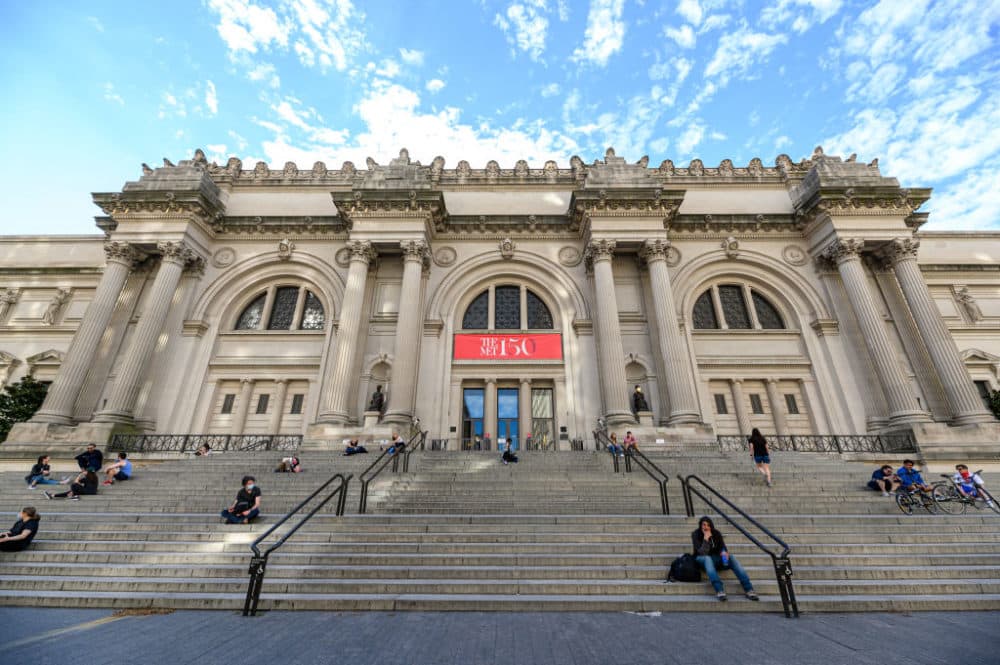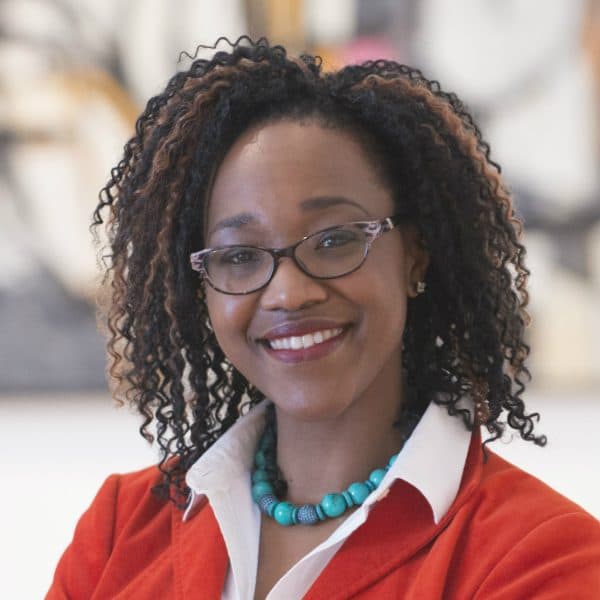Advertisement
Commentary
The staggering cost of unpaid art internships

One of my recent undergraduate students, a young woman of African descent, was offered an unpaid internship at the Metropolitan Museum of Art a few summers ago. She couldn't afford to work at a job without compensation. (The Met interns are now paid.) But she received aid from a program — the Mellon Mays Undergraduate Fellowship Program — that supports students from underrepresented groups interested in working in academia. Since she is a native New Yorker, she didn’t have to pay for housing.
Most of my students are not as lucky. A first-year Black student, who took two courses with me, wants to become a curator. I immediately knew she would thrive at an internship at a top museum. She also could not afford to do so without pay. These bright, dedicated and talented students are the people I want as my colleagues one day. But too many of them are locked out of museum galleries from the start.
For many college students, finding a dream summer job is near the top of their to-do list. Many of these young people aren’t trying to score cash for stylish clothes, concert tickets or a pair of red-bottom Louboutins. Instead, they’re working through the summer to earn money for tuition, textbooks, student fees and plane tickets home. Ideally, they’re also hoping for a foot in the door of their chosen field. The best summer jobs provide not only needed income but important contacts, references and experience.
Unfortunately, in the art world, those invaluable resources often come at the high cost of free labor. A few years ago, I was delighted to hear Jill Medvedow, from Boston’s Institute of Contemporary Art, in her role as the chair of the Association of Art Museum Directors, call for the end of unpaid internships. While unpaid museum internships have been the standard, this practice undervalues student labor — regardless of socioeconomic status — and damages the institutions.
Expecting students to intern without pay means that these jobs will only attract people who have abundant free time and resources, which, to date, has meant primarily young, white women of financial means. This situation perpetuates a lack of access to a number of groups who have traditionally been locked out of the back rooms of gallery spaces.
Low- and middle-income college students of any racial or ethnic background who may have as much potential as their wealthy counterparts are shut out of the working experience and networking needed to succeed in the art world. This practice is even more damaging in a humanities-based field where high salaries are not the norm and there is no guarantee that taking a financial hit during the summer will pay off in the long run, especially in the face of college debt.
I was one of those students who needed to come up with money to pay for college each semester. One summer, I worked at the Wadsworth Atheneum in Hartford during the week and Burger King on the weekends to make ends meet. At Wesleyan University, I, too, only managed to take unpaid summer internships with aid from the Mellon Mays Undergraduate Fellowship Program. Without that extra support, I would not be an art professional and professor at Wellesley College today.
As one of very few Black art historians in the country, I attract a diverse population of students to my classes. And I see them face the same dilemmas.
The truth is, I delete emails about unpaid internships and discourage my students from applying. I am not willing to send them the message that access depends on economic standing. I am also not willing to perpetuate a system that places such scant value on diversity in curatorial positions. We must act affirmatively to make sure there are no stumbling blocks in the way of our promising students, regardless of their background and resources.
What’s at stake is not only a few months of employment, but also the welfare of the art world we all value ...
While unpaid internships block access to talented students, they also damage the very institutions that promote them by perpetuating a lack of diversity in the art world, racially, ethnically and socioeconomically. As LaTanya Autry and Mike Murawski, brilliant museum professionals, have promoted through the hashtag #museumsarenotneutral, what we see on the walls reflects the experiences and values of museum directors, curators and administrators.
As a community of scholars, curators, educators and artists, we must have an open dialogue about the long-term, negative impact that unpaid internships have on museums and other cultural institutions. The practice is entrenched; the problem, systematic. But there are practical solutions within reach.
I know museum budgets are extremely tight. Curators and staff work under high pressure with limited resources to create wonderful shows that my students and I enjoy every year. It’s my wish, however, that the many boards of trustees in our Boston area institutions and throughout the country will continue to make a greater effort to fund museum internships. Paid internships would not only recognize the value of student labor; they would also prioritize a different trajectory for the art world, one where diversity behind the gallery walls leads to diversity on the walls of our finest institutions.
I hope our best and brightest students have secured jobs that compensate them for their work and value their unique perspectives. I expect more institutions will heed the call of directors like Medvedow to fund summer internships, not just for the sake of these young people, but for the improvement of our most prestigious museums. What’s at stake is not only a few months of employment, but also the welfare of the art world we all value and plan to enjoy for the foreseeable future.
That first-year student I had the privilege to teach, who wants to become a curator? She landed a museum fellowship in her hometown — Chicago — through a new national program designed to train underrepresented college students throughout the year in curatorial studies. And she could afford to take that job: It came with a stipend.
She graduated from Wellesley College in May with a degree in architecture. She leaves for Paris soon to begin a paid fellowship at the Louvre.
